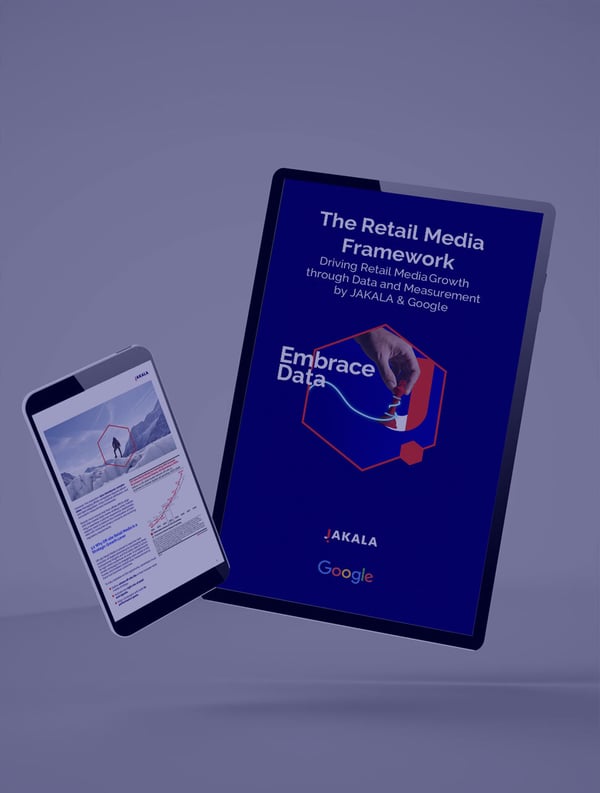Luxury is living through one of its greatest paradoxes. The aura of prestige still shines—stores are full, the logos are everywhere, and the word ‘luxury’ is omnipresent. And yet, behind the glitter, the numbers are faltering. Sales are falling at groups once thought untouchable, and the emotional contract with clients is eroding. Not because people are tired of luxury, but because luxury has grown tired of itself.
What do I mean? Let's dive into it...
The Age of Prestige Panic
For the past decade, maisons have behaved less like temples of distinctiveness and more like anxious participants in a popularity contest. Collaborations with celebrities, endless drops, logo-saturation campaigns, influencer partnerships—all in the name of staying ‘relevant’. But relevance at any cost is not a luxury. It is a survival instinct disguised as a strategy.
Luxury has entered a state of Prestige Panic.
In chasing what others do, many brands stopped doing what only they could do. They feared being absent from the cultural conversation, when in fact absence—silence—was once the highest form of prestige. They feared being outpaced by trends, when luxury’s very essence is to be untimely, to exist outside the race of immediacy.
The cracks in the Façade
The consequences of this panic are now visible:
- Clients don’t feel seen. Algorithm-driven personalisation has replaced cultural intimacy. A name in a database is not recognition.
- Waiting lost its poetry. Once, delays meant rarity and anticipation. Today, unexplained waiting feels like contempt, not desire.
- Loyalty shifted. 70% of high-value clients now follow their trusted advisors, not the brand. The bond migrated from maison to individual.
- Storytelling became copywriting. Campaigns recycled words like ‘craft’ and ‘heritage’ without substance. Clients are weary of hollow mythologies.
Luxury became louder. But loud is not resonance.
-Recovered.png?width=972&height=1286&name=LUXURY_HERO_INSIGHTS_972X1286%20(1)-Recovered.png)





